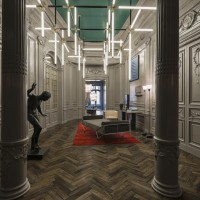
Palazzo Privé Fendi
14 July 2016
28 December 2015
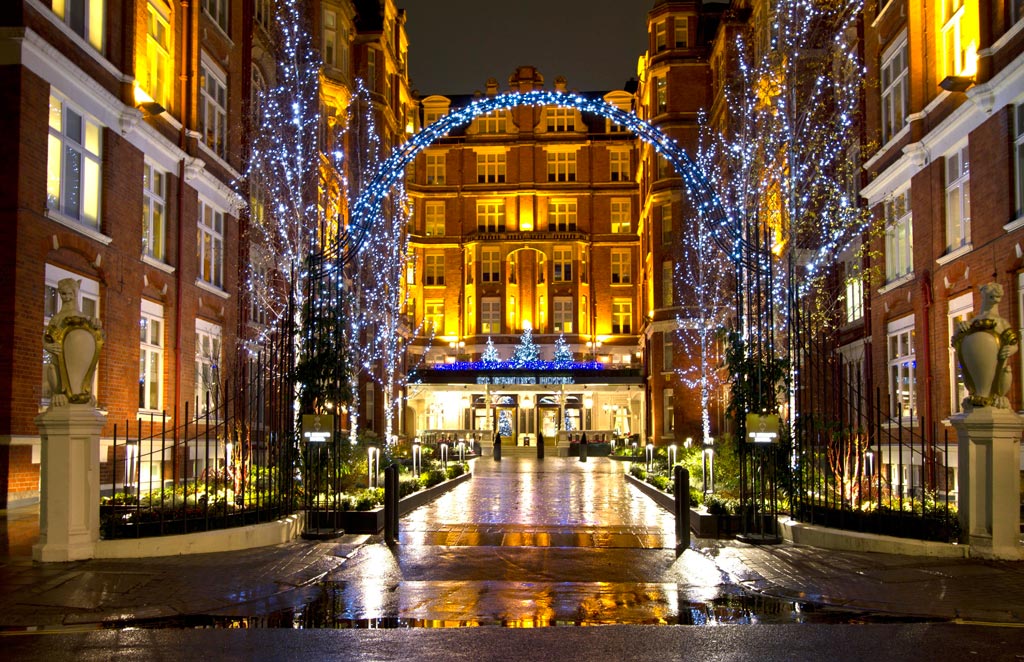
St. Ermin’s Hotel, a 4-star luxury hotel in the centre of London, is situated just a short walk from St. James Park. It is a hotel truly rich in history; it is known that, from the 30s until the end of WWII, secret meetings and covert operations of the British secret service were carried out within its walls. It is said that in the ’50s, Russian spies met in its elegant rooms to get secret information. Today, conspiracies and plots have given way to relaxed customers and tourists visiting the city, but also to hives of bees raised on one of the terraces and producing excellent honey.
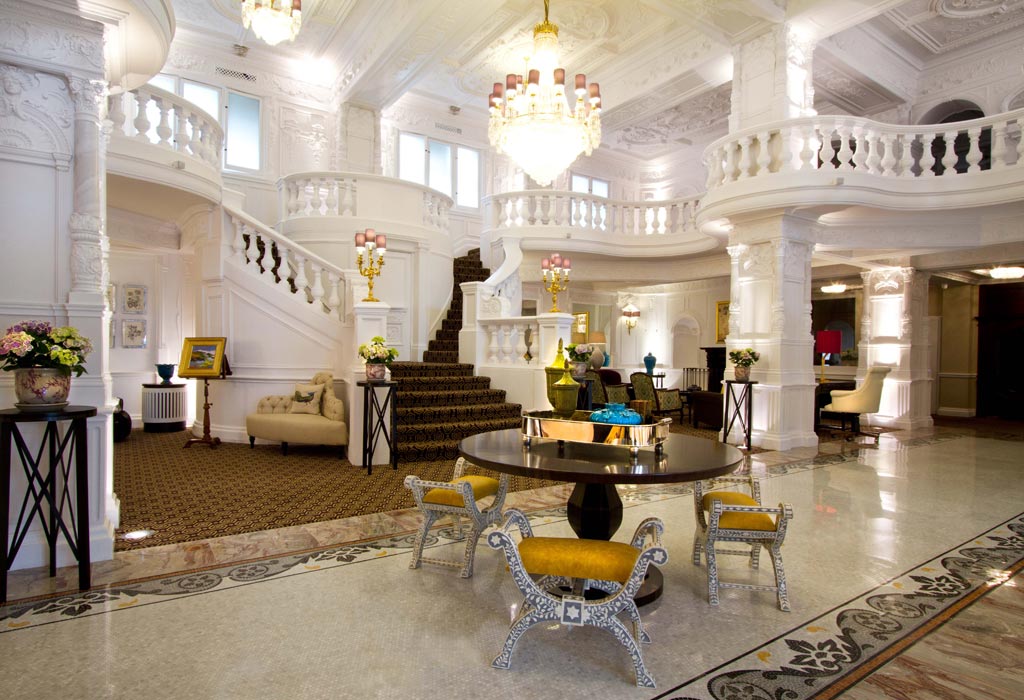
There are plenty of curiosities concerning St. Ermin’s Hotel, but even more so are the architectural influences that have shaped its spaces, recently re-designed by the designer Dayna Lee of Powerstrip Studio. The hotel is a listed building that reflects influences of Rococo, Art Nouveau, and Baroque. The tiered lobby is really impressive, with its balconies – yet another curiosity – reminiscent of a theatre. They date to around 1900, attributable to the famous Victorian theatre designer J. P. Briggs. A more contemporary atmosphere characterizes instead the Caxton Bar, with its guestrooms having more of a country feeling with references to botanical science and to nature in general.
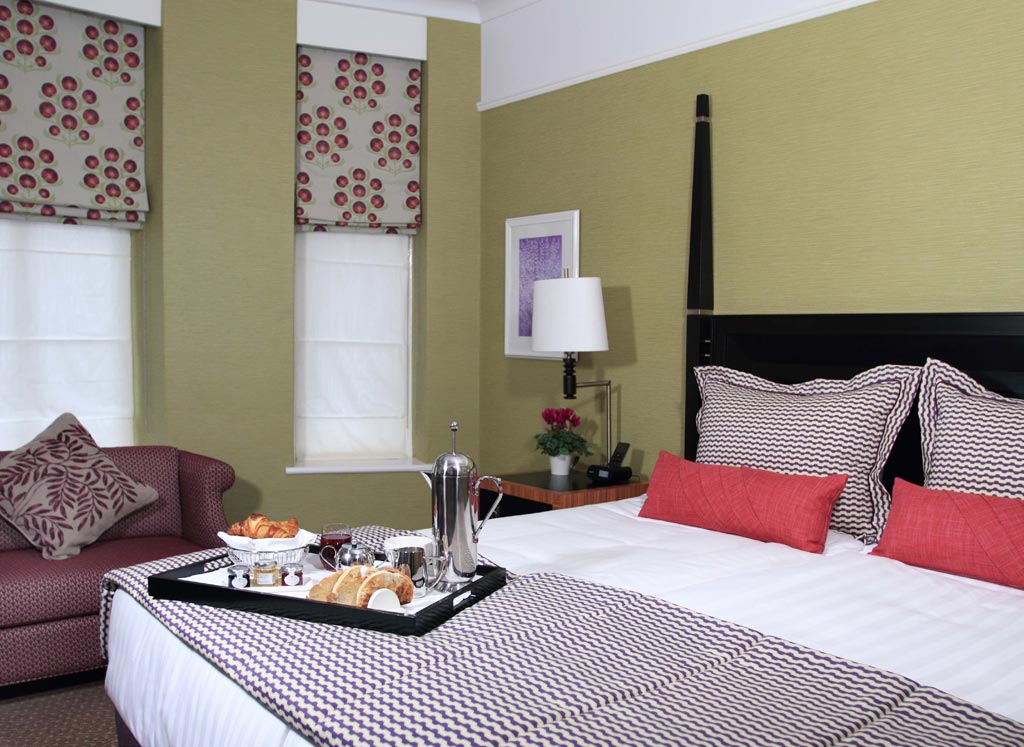
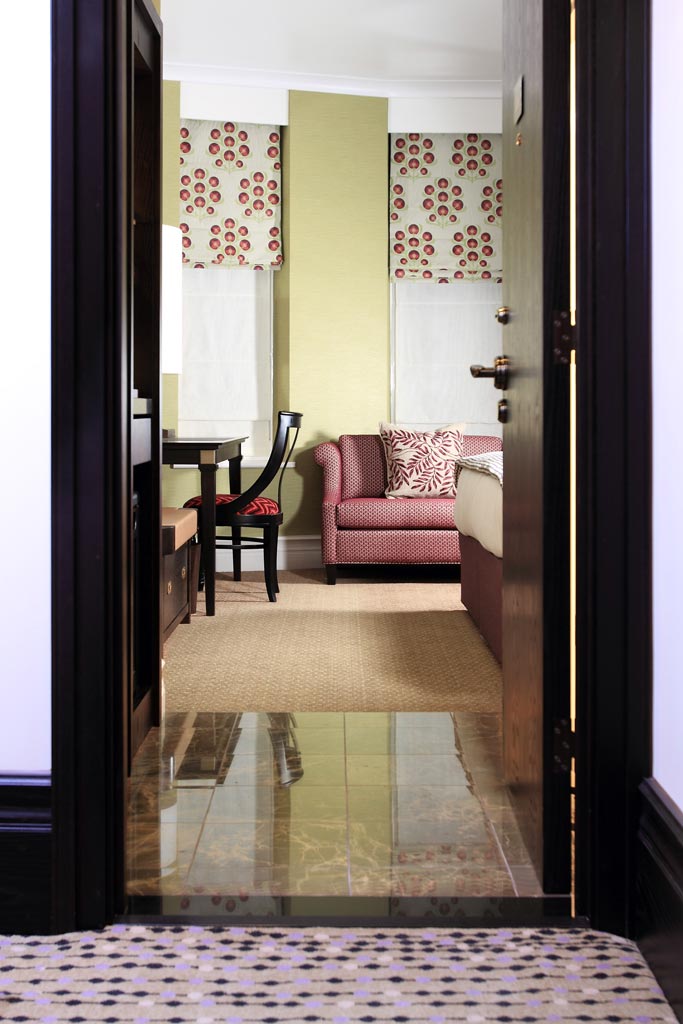

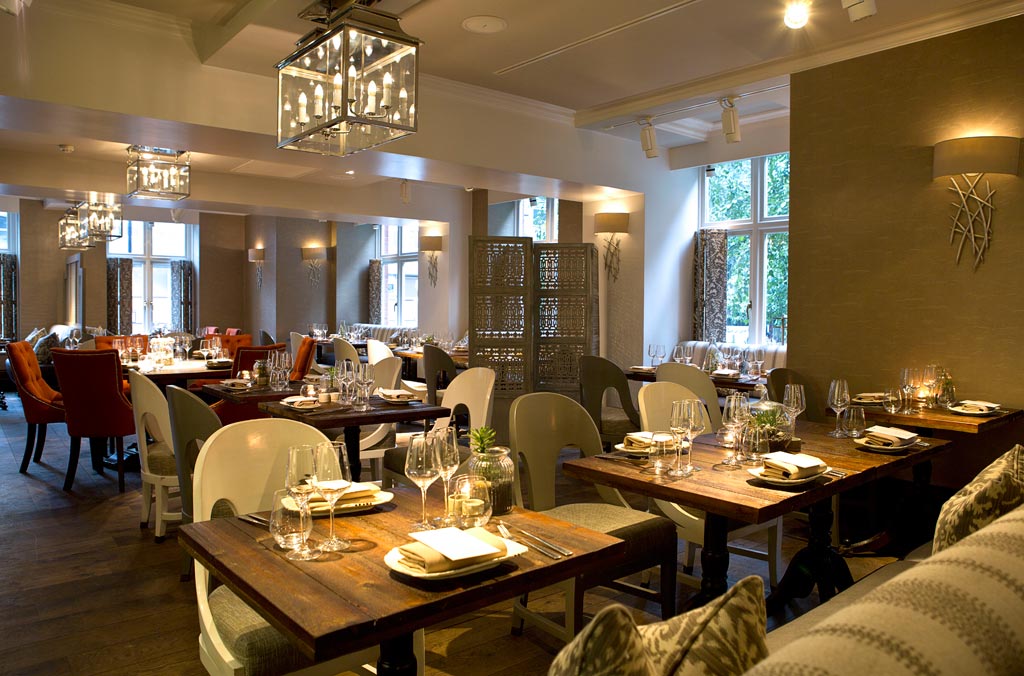
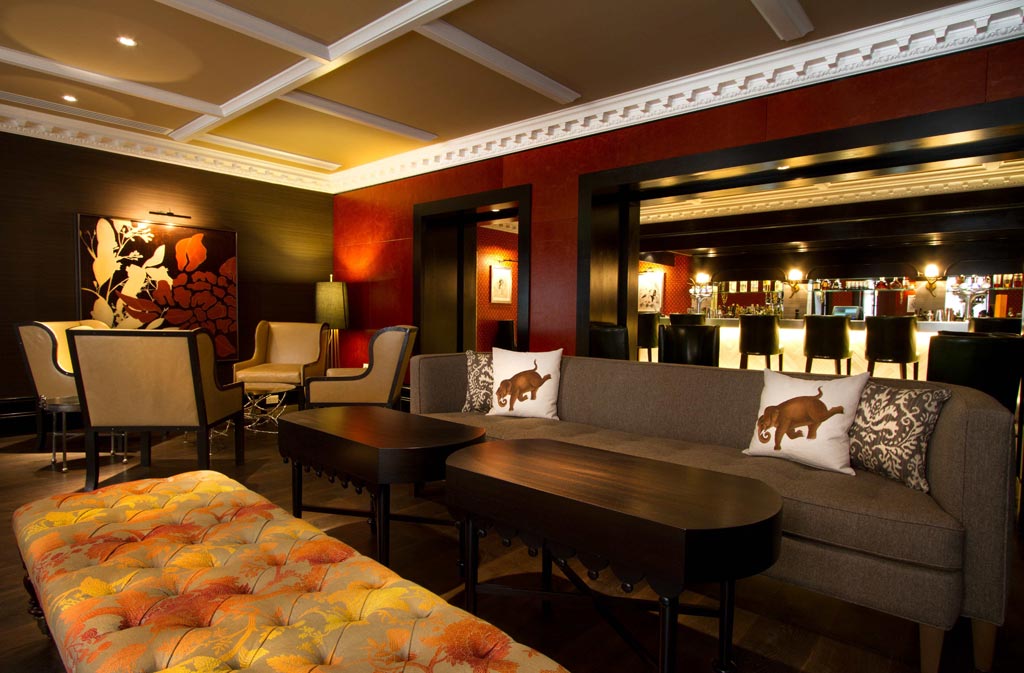
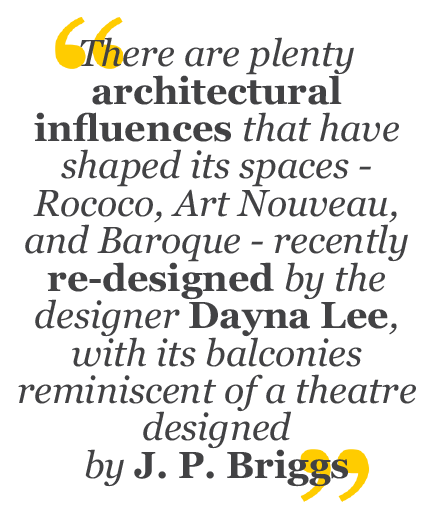
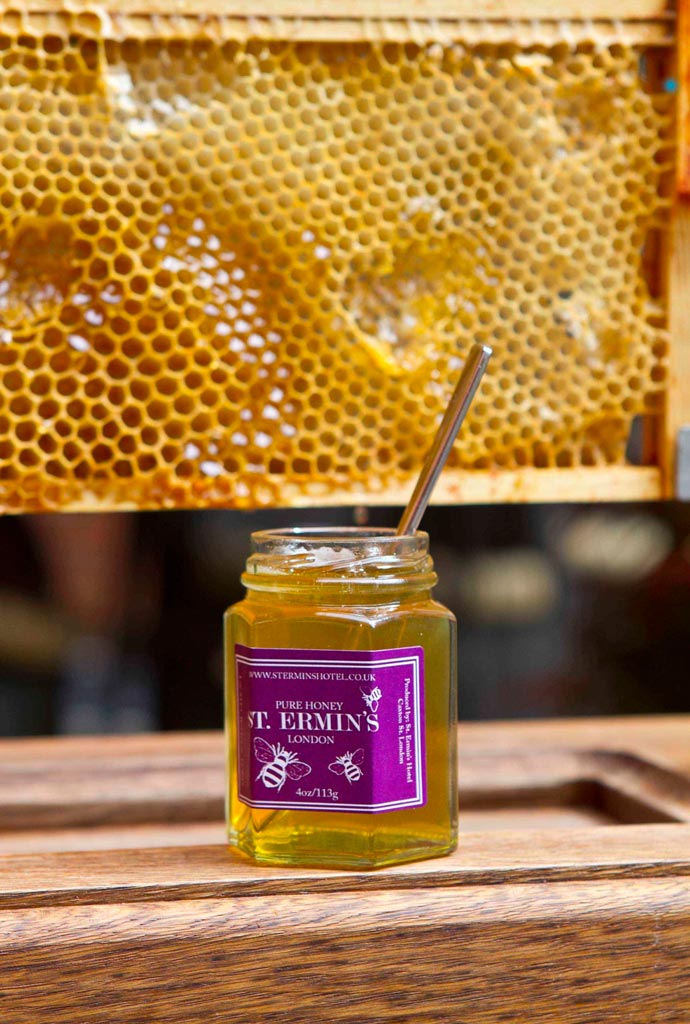
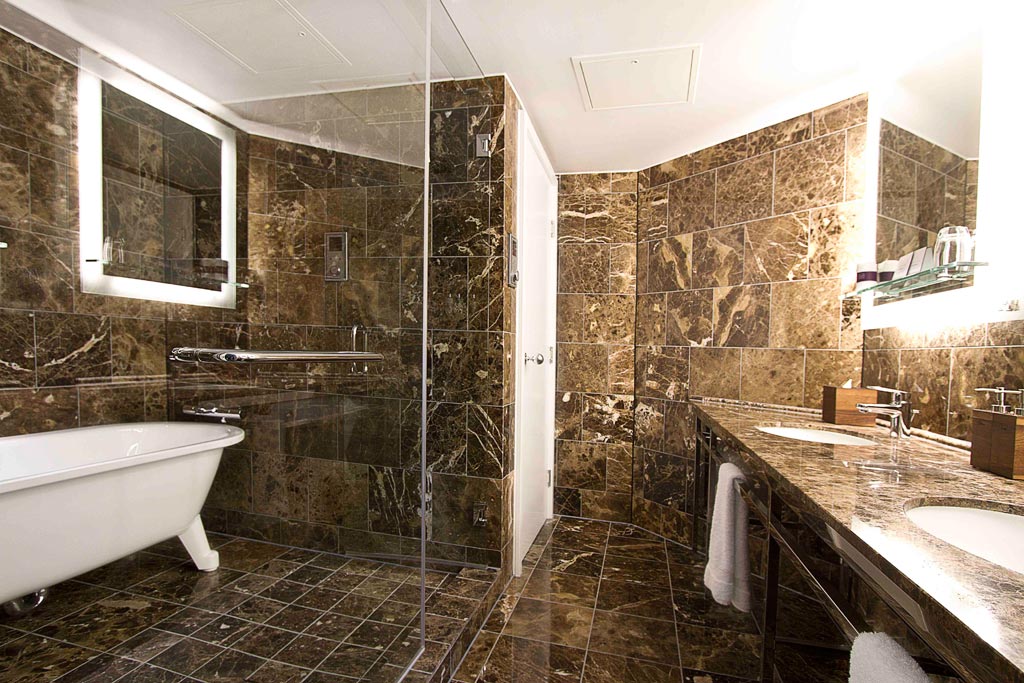
WHERE: 2 Caxton Street, London SW1H 0QW, UK
St. Ermin’s Hotel, a 4-star luxury hotel in the centre of London, is situated just a short walk from St. James Park. It is a hotel truly rich in history; it is known that, from the 30s until the end of WWII, secret meetings and covert operations of the British secret service were carried out within its walls. It is said that in the ’50s, Russian spies met in its elegant rooms to get secret information.
Today, conspiracies and plots have given way to relaxed customers and tourists visiting the city, but also to hives of bees raised on one of the terraces and producing excellent honey.
There are plenty of curiosities concerning St. Ermin’s Hotel, but even more so are the architectural influences that have shaped its spaces, recently re-designed by the designer Dayna Lee of Powerstrip Studio.
The hotel is a listed building that reflects influences of Rococo, Art Nouveau, and Baroque. The tiered lobby is really impressive, with its balconies – yet another curiosity – reminiscent of a theatre. They date to around 1900, attributable to the famous Victorian theatre designer J. P. Briggs. A more contemporary atmosphere characterizes instead the Caxton Bar, with its guestrooms having more of a country feeling with references to botanical science and to nature in general.

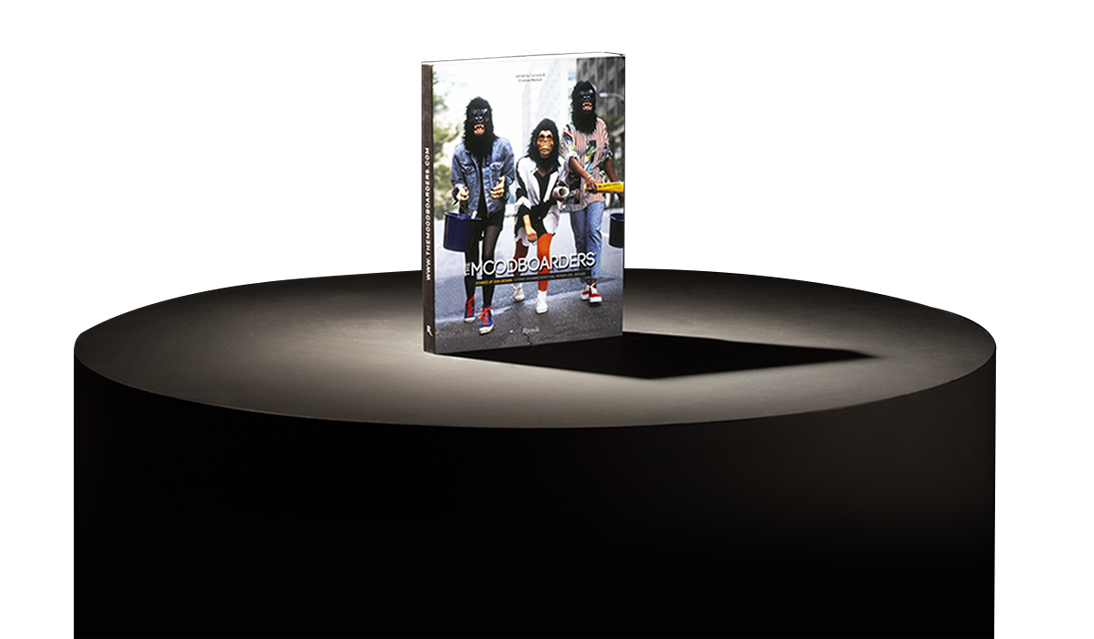

The Moodboarders is a glance into the design world, which, in all of its facets, captures the extraordinary even within the routine. It is a measure of the times. It is an antenna sensitive enough to pick-up on budding trends, emerging talents and neglected aesthetics. Instead of essays, we use brief tales to tune into the rhythm of our world. We travelled for a year without stopping, and seeing as the memory of this journey has not faded, we have chosen to edit a printed copy. We eliminated anything episodic, ephemeral or fading, maintaining a variety of articles that flow, without losing the element of surprise, the events caught taking place, and the creations having just bloomed.